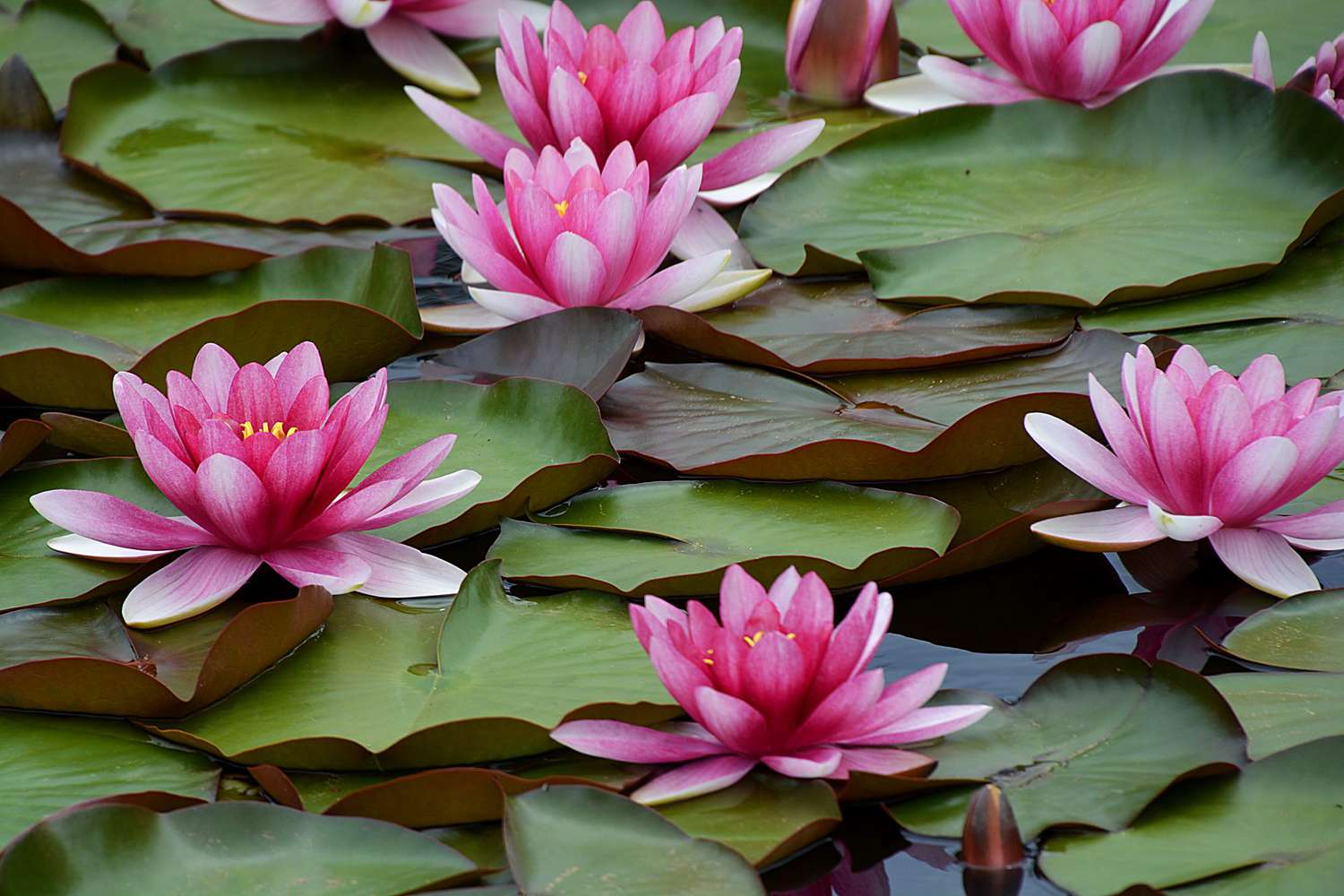Putting water lilies in a natural pond can turn it into a peaceful, green paradise. Water lilies are beautiful to look at and provide shade and shelter for fish with their big, floating leaves and brightly colored flowers. They also help keep the water clean by absorbing nutrients from the pond.
Planting water lilies in a natural pond is straightforward. With the right tools and knowledge, it’s easy to add these beautiful aquatic plants to your pond.
Supplies Needed
To successfully plant water lilies. you’ll need
-
Water lily tubers or rhizomes: Pick hardy types that will do well in your area. They are sold bare root to promote growth.
-
Aquatic plant pots: 5-9 gallon pots work well depending on plant size. Use one pot per plant.
-
Aquatic planting soil: Formulated specifically for ponds, not garden soil.
-
Gravel or pebbles: To encase the pot and protect the roots.
-
Fertilizer tablets: Specially formulated for water lilies, to encourage blooms.
-
Chicken wire (optional): Can protect plants from wildlife disturbances.
How to Plant
Follow these steps when planting water lilies:
Choose a Sunny Location
- Water lilies thrive with 4-6 hours of direct sunlight daily. Select a sunny spot along the pond’s edge.
Fill the Plant Pot
- Fill the pot 3⁄4 full with aquatic planting soil. Lightly compress it.
Position the Tuber
- Place the tuber horizontally in the soil. The roots go near the pot wall and buds upward.
Cover the Tuber and Soil
- Cover the tuber with a thin layer of gravel or pebbles. This protects the roots.
Add Fertilizer Tablets
- Place 2-3 tablets evenly around the tuber to nourish the plant.
Submerge the Pot
- Slowly lower pot into the pond at an angle until it fills with water.
Adjust Depth as Leaves Grow
- Start with 1-2 feet of water over the pot. As leaves reach the surface, reposition the pot to 2-4 feet depth.
Protect Plants (Optional)
- Enclose the pot in chicken wire to protect it from wildlife disturbances.
Ongoing Care
Water lilies thrive with minimal care. Follow these tips seasonally:
Spring
- Divide crowded plants by cutting and replanting the tubers every 2-3 years.
Summer
- Fertilize pots regularly, every 2-4 weeks, for best growth and blooms.
Fall
- Trim back foliage after frost. Remove dead leaves.
Winter
- In cold climates, move pots to the deepest area and stop fertilizing.
Water lilies can add peace and beauty to your pond if you set them up right and take good care of them. They look great in any water feature because of their bright flowers and thick pads.

Choosing the right waterlily
There is a huge range of waterlilies to choose from, with flowers in various colours, adding elegance to both formal and informal ponds. They are beneficial as well as decorative, as they provide shelter for pondlife and the shade they cast helps to deter algae. A key factor when choosing a waterlily is the size and depth of your pond. Many waterlilies are vigorous and can spread to cover several square metres, although there are options for all pond sizes. If you dont have a pond, you can still grow a dwarf waterlily in a large container of water (at least 30cm/1ft deep). Hardy waterlilies are easy to grow outdoors all year round. Tropical waterlilies can be more tricky, as they need warm water and frost-free conditions in winter. To find out about the various species and cultivars, go to RHS Plant Finder. Search for Nymphaea and you can browse the photographs and descriptions, and find out where to buy them. For more inspiration and tips, see our guide to pond plants.
All you need to know Before you get started
These are aquatic plants, of various sizes, for growing in ponds and lakes. They range from large, vigorous cultivars that spread several metres wide, to dwarf forms for small ponds or even a half-barrel. They are one of the most popular and instantly recognisable pond plants. The opulent, many-petalled flowers come in a choice of colours, including white, pink, red and yellow. They sit on or just above the surface, among the glossy lily pads. Waterlilies are perennials, so live for many years, dying down in autumn and re-sprouting in spring. The most widely available waterlilies are hardy, for growing outdoors all year. There are also tropical waterlilies, which have large, vibrant flowers. These are tender and need warm water – at least 21˚C (70˚F) in summer.
Care of Lilies : Planting Instructions for Water Lily Pond Plants
FAQ
What kills water lilies in a pond?
Herbicide Control: Spriteflo is a liquid that can be poured into ponds with no outflow and covers the whole body of water, giving you longer-lasting control. For ponds or lakes, Liquid 2, 4-D is a liquid that is mixed with water and sprayed directly on the lilies.
Can lily grow in water without soil?
While they typically grow in soil, peace lilies can adapt to growing in water, but it might not flower as when just being nourished through water.
